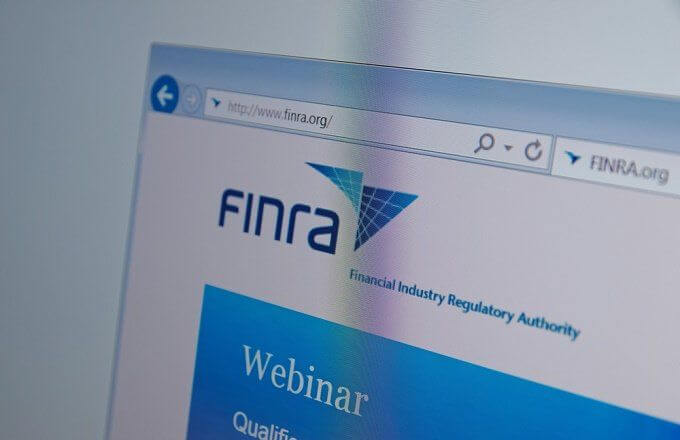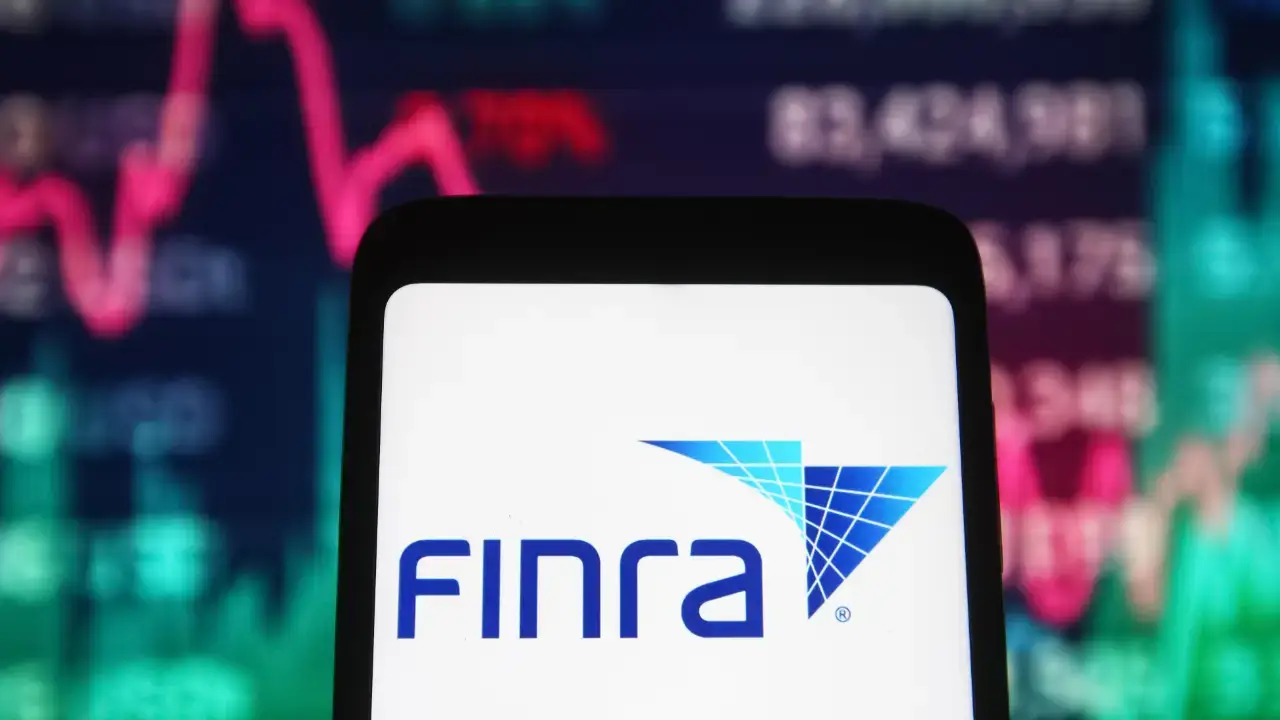Ensuring Compliance: Navigating the Path to FINRA-Compliant File Sharing
Technological leaps meet the intricacies of regulatory landscapes head-on, sticking to the rules isn’t just important—it’s the bedrock of trust and smooth operations. At the forefront of navigating this complex territory is the Financial Industry Regulatory Authority (FINRA), which guides banks and financial institutions through a dense forest of rules aimed at safeguarding investor interests and ensuring the market plays fair.
Table of Contents
This exploration dives into the realm of compliance, shining a spotlight on the file-sharing rules set by FINRA. We’re here to unravel these dense regulations and provide practical, straightforward strategies that empower financial groups to meet these challenges with determination and clarity.
The Essential Role of File Sharing in Financial Operations
In the modern financial sphere, FINRA compliant file sharing is not just useful—it’s essential, driving efficiency and supporting teamwork across varied groups of stakeholders. Yet, this indispensable tool doesn’t come without its hurdles. It requires a fine-tuned balance: on one side, ensuring authorized staff can access necessary data, and on the other, putting up solid defenses against unwelcome eyes. The consequences of dropping the ball—serious data leaks and hefty fines—highlight the critical need for file-sharing systems that play by the rules.
Staying on top of this balancing act demands constant vigilance and a strong resolve to adhere to FINRA’s tight guidelines. Financial institutions have to be on their toes, employing the latest in security measures while regularly auditing these practices to seal any cracks before they widen. The risks of falling short are not just about the immediate financial hit but also about the long-term dent in reputation and stakeholder confidence.
Upgrading File Sharing Compliance
Aligning with FINRA’s tight regulations means financial institutions must arm their file-sharing solutions with robust security features:
- Advanced Encryption: Roll out top-tier encryption technology to safeguard data in transit and at rest, keeping sensitive info out of the wrong hands.
- Consistent Encryption Practices: Ensure encryption is a standard practice across all points of data transmission, drastically cutting down interception risks and bolstering data security across the board.
- Stringent Access Controls: Put in place tight access rules that limit data peeking to individuals explicitly authorized, based on their job functions, making sure sensitive data remains secure.
- Multi-factor Authentication (MFA): Add an extra security layer with multi-factor authentication, significantly dialing down unauthorized access chances.
By adopting these strengthened security measures, financial organizations not only align with FINRA’s expectations but also boost their security game, minimizing risks and creating a safer space for data interchange. This guide is here to offer straightforward, practical advice to help financial players confidently maneuver through the regulatory landscape with strategic finesse.
Integrating Human-Centric Strategies in Compliance Practices

While the mechanical aspects of compliance, such as encryption and access controls, form the backbone of secure file sharing, the human element cannot be overlooked. Successful compliance strategies involve a nuanced understanding of human behavior and organizational culture. Explore the benefit of human-centric strategies to see how significantly enhance the effectiveness of compliance measures.
A culture of compliance goes beyond mere rule following; it requires cultivating an environment where every employee understands the importance of compliance and is motivated to uphold these standards. This can be achieved through:
- Comprehensive Onboarding and Continuous Education: Ensuring that from their first day, employees are trained not just on the ‘how’ but also the ‘why’ of compliance. Regular training sessions that include scenario-based learning and assessments can keep compliance top of mind.
- Creating Compliance Champions: Identifying and empowering key team members across departments who can act as compliance advocates. These champions can help to drive home the message of compliance through peer interactions and provide informal leadership by example.
Final Thoughts
Treading through FINRA’s regulatory labyrinth goes beyond simply ticking off checkboxes; it’s about actively embedding robust security practices into the financial operation’s DNA. With the right tech, strict security protocols, and a continuous push for compliance betterment, financial institutions can leap from merely meeting standards to setting benchmarks, thereby strengthening trust and upholding integrity in their dealings. This narrative underlines the importance of an informed, proactive approach to compliance—a must-have for any financial entity aiming for the pinnacle of regulatory adherence and operational excellence in today’s complex financial arena.

11+ years strategic communications, marketing, and project management experience. I am a trainer at StarWood Training Institute, focusing on online courses for project management professionals.











